Babies need physical contact and closeness
Physical contact is not only beautiful, but also healthy and makes happy. It influences the development of our babies and is therefore important for growing up healthy and resilient people. Why this is so and how closeness affects our well-being, I describe in this article.
Physical contact has been underestimated
The importance and necessity of physical contact is often underestimated, as the headline already reveals. Especially for babies, physical contact is indeed vital and important for later health. This has already been proven in several studies and investigations. You can read the results, for example, in an article by Deutschlandfunk and Geo.
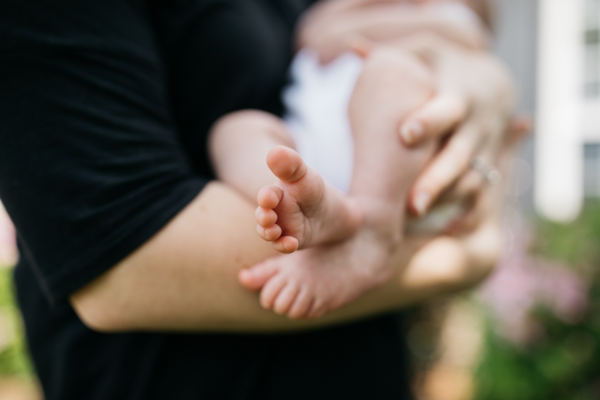
For newborns, bonding, i.e. physical contact directly after birth, is given a particularly high priority. I would like to go into this in more detail later.
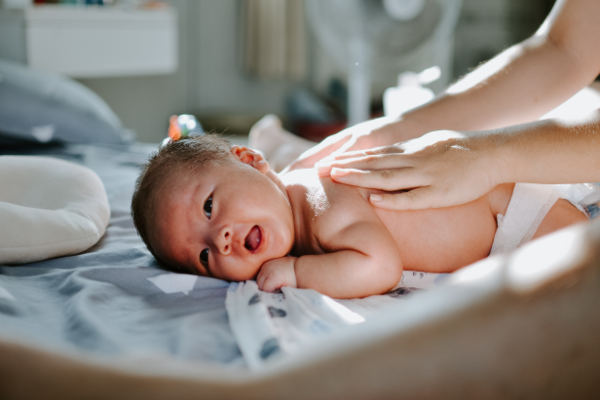
Due to the importance of skin contact, baby massage also plays a special role. In addition to the factors already mentioned, this can also support the bond between parents and baby, as well as the (non-verbal) communication between them. Massage is therefore more about the touch itself, rather than the specific application of certain techniques.
However, body contact is not only important for babies, but also for older children and adults. It is astonishing that in the research of the human senses, the sense of touch has so far received little attention in science; this has only changed increasingly in recent years.
On the other hand, it is not surprising that most people enjoy massages and touches very much. When I look at this from the context of the meaning of body contact, it becomes clear that there is much more behind it than just purely sexual aspects.
Learn baby massage in my online course
To learn the massage techniques for a baby massage according to Frédérick Leboyer you can sign up for my online course baby massage.
The sense of touch is already developed prenatally
Human development in the womb, technically speaking, prenatal development, is not yet complete. Human babies are born as physiological premature babies because they are just not "ready" yet. You can read more about this topic in my article "Human babies - physiological premature births".
Most senses, such as sight and hearing, continue to mature after birth and are not fully developed until a few weeks after birth. The sense of touch, on the other hand, is already relatively well developed at birth.
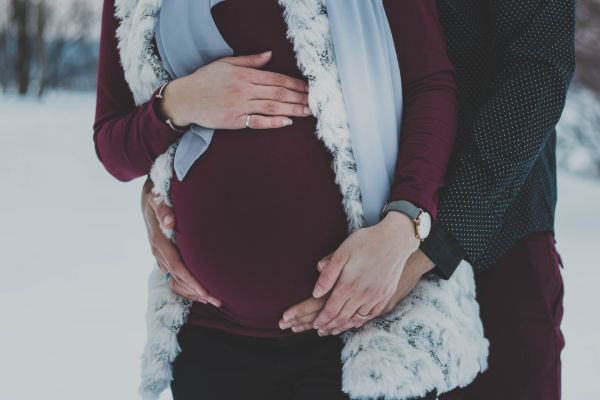
This already matures in the uterus, because every change in position of the embryo in the abdomen acts like a caress in relation to the sense of touch. These stimuli contribute to the development of this sense.
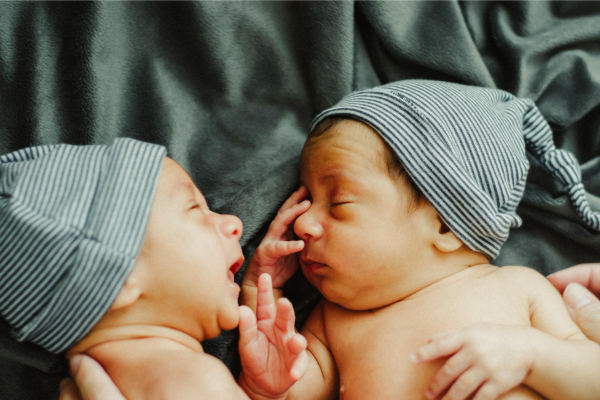
Recent research also suggests that twins intentionally touch each other as early as about the 14th week of pregnancy, as you can read in this summary of a study.
Especially in the mouth, the sense of touch is very well developed in babies, while development in other areas of the body is still ongoing. This also explains why our children initially put everything in their mouths; they simply try to grasp the surface, the firmness, the shape, etc.. Several senses play together in this process.
Only after some time do the tactile receptors on the fingertips and in other regions of the body develop even further. Then children become increasingly successful in grasping objects with more than just their mouths.
Physical contact has psycho-emotional and organic effects on babies' health
It has been proven that babies calm down much faster in physical contact and cry less. Through the external regulation of feelings, an internal regulation of feelings finally succeeds increasingly.
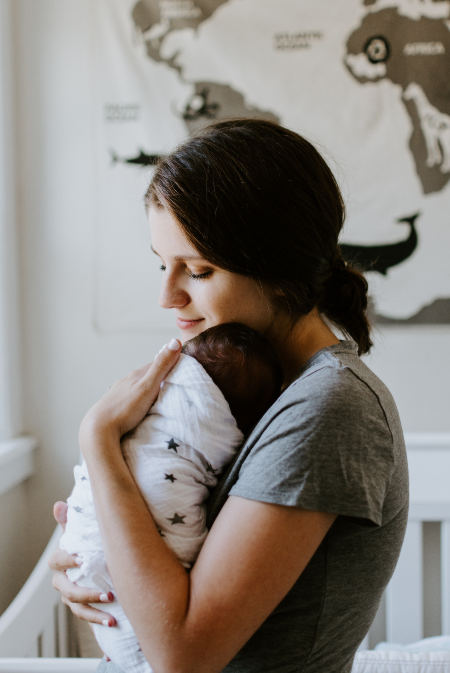
Babies therefore very much enjoy the closeness when breastfeeding or being carried, while other needs are also satisfied in the process. Overall, it can be said that physical contact releases the hormone oxytocin, which strengthens the bond and triggers a pleasant feeling. The bonding hormone oxytocin has a variety of effects throughout the body and is therefore of great importance.
In addition to the psychological effects of physical contact described in rudiments, it also has various effects at the organic level. Infants react to body contact, for example, with more stable breathing, appropriate regulation of blood sugar levels and also body temperature.
These effects are used medically in premature infant wards when parents kangaroo with their babies. Concluding that the kangaroo method is a low-cost but effective intervention in clinics was this meta-study published back in 2016 by the American Academy of Pediatrics.
The results of these studies are particularly important for countries with poor medical care, because often the technical equipment that would otherwise be necessary, such as incubators, is not sufficiently available. As a result, infant mortality has been reduced worldwide.
In addition, it can now be said that babies who experience a lot of physical contact develop higher stress resilience, as I read in this technical article. Stress resilience is the ability to resist stress. The higher a person's resilience, the less likely they are to suffer psychological or physical pathological symptoms as a result of stress.
You can read more about the effects of physical contact on us adults in the book Human Touch by Dr. Rebecca Böhme(rebeccaboehme.com). By the way, neuropsychologist Rebecca Böhme is currently doing research at the Center for Social and Affective Neuroscience in Linköping, Sweden.
How does our sense of touch work?
Surface sensitivity, i.e., the perception of touch, occurs with the participation of various receptors: pain, temperature and vibration.
In addition, there are C-tactile fibers, which perceive gentle touches such as stroking and transmit them on a direct connection to the central nervous system, as I read in a technical article on the site www.wissenschaft.de.
It is the C-tactile fibers, which are more of a new scientific discovery, that are most sensitive to gentle and slow body touch. They cover almost our entire skin surface in a net-like network of nerve fibers. Only on the palms of our hands and feet are none to be found, but it is precisely there that we like to be stroked the least.
Influence of physical contact and touch on the self-perception of young children
However, physical contact and touch not only have an impact on a person's inner functions. Through touch, children tap into the relationship between themselves and their environment.
Through their sense of touch, children learn that they can change the world with their touch and that they are also changed by the touch of their fellow human beings or their environment. They notice, for example, how mom reacts when I touch her, when I stroke her or squeeze her. At the same time, they also notice the effects on themselves when they themselves are stroked or pushed or hit in a negative sense.
Children learn to distinguish between their own touches and the touches of others, so touches from fellow human beings or the environment are valued more highly than their own touches.
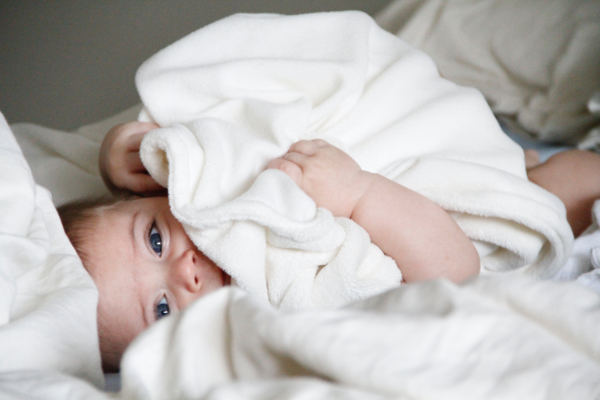
This distinction goes hand in hand with the fact that children also learn to perceive themselves in space and to differentiate between themselves and others. Touch thus supports the development of self-perception.
Building on this, children develop an understanding of the self and begin to want to live up to the expectations of others from around the age of two, as they develop an understanding of the feelings of those around them. They begin to show shame when they cannot live up to these expectations.
Influence of physical contact and touch on communication
Physical contact also plays an important role in communication. For example, children quickly notice how their parents are feeling when they are dressing and undressing, carrying, changing or breastfeeding. Whether they are relaxed, annoyed or in a hurry. They learn to interpret these subtle signals and adapt their behavior accordingly.

One of the most common things I say to moms in my breastfeeding consultations is that they need to ensure a calm setting and relaxed posture before they breastfeed. If they are not comfortable breastfeeding, or are muscularly tense, the baby often notices this tension and adapts to the situation by also becoming tense or restless. As a result, feeding becomes unimportant for the time being.
Influence of body contact and touch on sleeping
Babies, just like adults, sleep best when they feel safe and secure. Just like us, they wake up several times during the night to reassure themselves of this security. I have already explained this evolutionary important behavior in one of my first articles "pack sleeping".
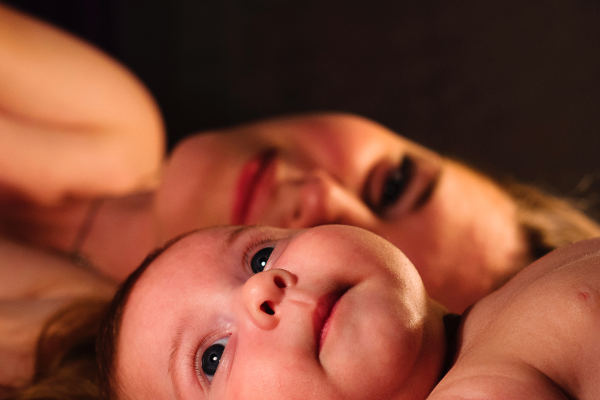
Based on what I have gathered so far on the subject of body contact, it can be concluded that babies and toddlers sleep best when they have skin contact with their "pack" or their parents. I notice this time and again, especially when sleeping in the family bed or when sleeping in a carrier. In my consultations, I also hear again and again from parents that their baby needs closeness when falling asleep.
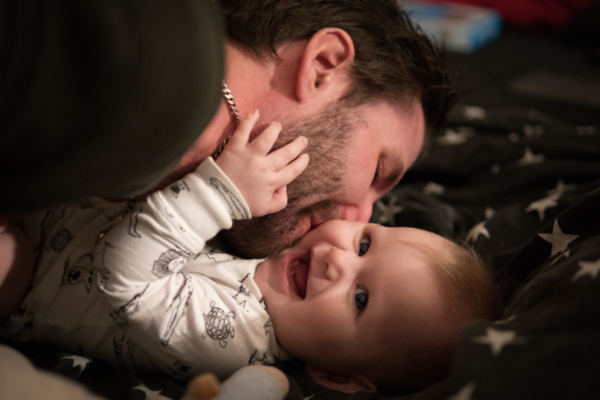
But sleeping together has other advantages, too. For example, mothers don't have to get up to breastfeed, and babies can get their portion of closeness as needed. However, whether children and parents sleep together in one (family) bed depends on many factors and the individual needs of all involved. Therefore, sleeping together is not always the best solution.
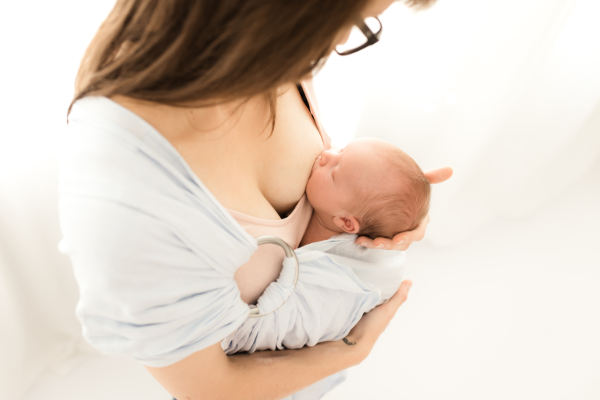
You can find out more about sleeping in the Edition F article "The baby robs us of our sleep! [...]" by Nora Imlau, in which she lists tips for easier sleep for parents and babies, based on studies by Swiss pediatrician Remo Largo. Nora Imlau also describes the topic in more detail in her book "Schlaf gut, Baby!", which she wrote together with the pediatrician Dr. Herbert Renz-Polster (also author of the website and the book of the same name www.kinder-verstehen.de).
Proximity is also very important on the emotional level
Even though this article was more about physical closeness, I don't want to forget to mention that emotional closeness is of course also very important for the development of children.
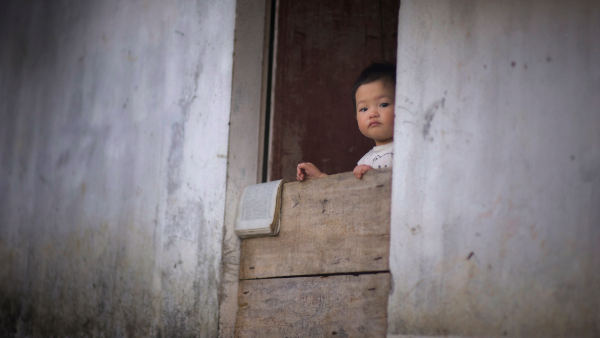
Especially when this is missing, children suffer a lot. They develop psychological and physical symptoms that resemble stress symptoms. How drastic this can be becomes clear in this report on a study of Romanian orphans.
This study, by Charles A. Nelson of Harvard University, examined the effects of deprivation or neglect on young children. The children grew up in squalid conditions and suffered terrible neglect. It became clear that the children developed various disorders, from psychological behavior disorders to intelligence deficits. As they fell ill more often than other children, even the children's immune systems appeared to be weaker.
Conclusion
In the last paragraphs I tried to describe the effects of physical contact, closeness and touch. It became clear that the importance of this is often underestimated, because it is even vital for infants.
Physical contact has an effect on a psychological, emotional, as well as physiological level. So far, no risks or side effects have been found (with consensual) physical contact.
Touch is therefore of great importance for health.
Image sources:The cover image comes from unsplash.com.
The 1st image in the article of the mother holding her baby in her arms comes from unsplash.com.
The 2nd image in the article of baby massage comes from unsplash .com.
The 3rd image in the article of the pregnant woman comes from unsplash.com.
The 5th image in the article of the mother hugging her baby wrapped in a cloth comes from unsplash.com.
The 4th image in the article of the twins wearing caps comes from unsplash .com.
The 6th image in the article of the baby with the white blanket comes from unsplash .com.
The 8th image in the article of the mother lying next to her child comes from unsplash .com.
The 9th image in the article of the father kissing his baby comes from unsplash .com.
The 11th image in the article of the child looking sadly out of the building comes from unsplash.com.
Some links in the article are affilate links. If you make a purchase through them, I receive a small commission.
No comments yet.